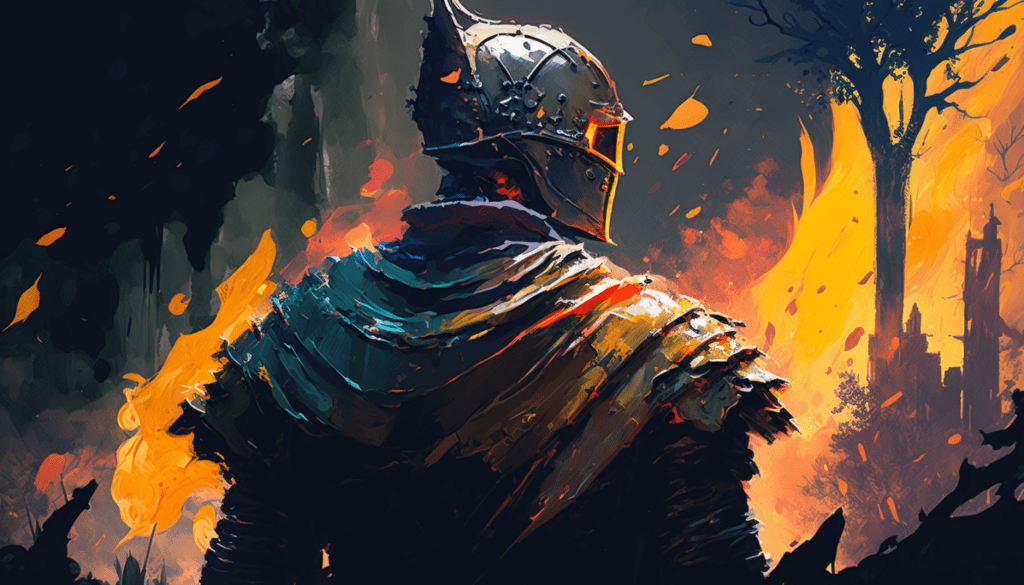As gaming technologies advance, open-world games have become increasingly prevalent. Once a rare genre, open world dynamics have now become an integral part of the gaming world. However, the question remains: should every game be open world?
Open World Game Fatigue
While open world games have always existed, we are now seeing even non-core genre games incorporating these dynamics. Unfortunately, many of these games fail to hit the mark, resulting in an abundance of games with identical missions and lackluster gameplay.
Ubisoft is a prime example of this. With games, such as Assassin’s Creed and Far Cry, is a tendency for them to feel like copy and paste jobs. While these games are undoubtedly popular and successful, many gamers have pointed out that the missions and gameplay in these titles often feel repetitive and uninspired.


The issue lies in the fact that many of Ubisoft’s open world games feature similar mechanics, objectives, and mission structures. While the settings and stories may differ, the core gameplay loop remains the same. Players are often tasked with liberating outposts, climbing towers to unlock the map, and collecting various items scattered throughout the world.
This formula has been used repeatedly in numerous Ubisoft games, resulting in a feeling of sameness and lack of originality. Critics argue that the company has prioritized quantity over quality, releasing annual installments of popular franchises that offer little innovation and are essentially reskins of previous games.
Why Do Developers Make Open World Games?
Producers choose the open world genre for two main reasons: technological advancements and player demand. Improved PC and console technology make it easier to create open-world games, while gamers on social media and forums often heavily criticize productions that are not open world.
Developers are also jumping on the open world bandwagon with the strategy of “everyone else is doing it, so let’s make it open world.” This approach often results in games with subpar level designs and semi-open worlds that are forced into the open world genre.
While open world games have their merits, but also have significant challenges. Filling an open world with unique missions is a major issue, and many open world games feature repetitive missions and gameplay. Metal Gear Solid V and the Assassin’s Creed series are just a few examples of games that could have succeeded without being open world.

The God of War series is a prime example of a game that could have been open world but succeeded without it. Santa Monica Studios could have made God of War an open world game, but they chose to focus on developing a superb mission structure and level designs. The game’s gradual map design is a standout feature, and the story is told with a single camera.
The Benefits of Closed World Games
Non-open-world games like God of War, Dark Souls, and Bloodborne offer a level of craft and attention to detail that can be difficult to achieve in open-world games. Carefully crafted closed world games can provide players a more focused and engaging experience.
One of the key advantages of closed-world games is that they allow developers to tailor the experience to a specific vision carefully. God of War, for example, features a tightly crafted narrative that explores the relationship between Kratos and his son Atreus. The game’s combat system is also carefully designed to offer a satisfying and challenging experience.
Similarly, the Souls Borne games are known for their challenging gameplay and intricate level design. Each area of the game is crafted to offer a specific challenge to the player, with enemies and obstacles placed strategically to create tension and danger.
By carefully crafting each element of the game, non-open world titles like God of War and Dark Souls can create a more immersive and memorable experience for players. They can also avoid the repetition and sameness that can plague open-world games, offering a more varied and engaging gameplay experience than a technically fine, but boring sixth iteration of Far Cry.
Elden Ring as a High Water Mark for Open World Games
Open-world fatigue has been a concern among gamers for quite some time. The market has become saturated with sprawling open-world games, making many players tired of the genre. Franchises like Assassin’s Creed have been heavily criticized for their bloated maps, repetitive objectives, and lack of creativity. The sheer time commitment required to complete these games causes many gamers to lose interest in traversing vast but uninteresting landscapes.
However, Elden Ring defies all of these concerns and stands out amongst the sea of monotonous open-world games. While it may appear to be just another lengthy open-world epic with plenty of objectives scattered across the map, it has become one of the highest-rated video games of all time. Elden Ring embraces the genre’s sandbox roots, capitalizing on Dark Souls’ notorious obtuseness by not telling the player where to go or what to do. Players are trusted to explore the world on their own and carve their own path to the end without any quest log.

Elden Ring’s open-world design puts discovery at the forefront, allowing players to miss out on content and fostering unique experiences. Rather than cluttering the map screen with checklists and objectives, Elden Ring only populates the map with previously explored locations. The player is free to engage with the world independently, marking down what they deem important. This way of designing the open world creates surprising stories that unfold organically.
Thanks to Elden Ring’s outrageous enemy variety, surprise comes in countless shapes and sizes. Creatures rarely repeat from area to area, keeping the game refreshing throughout. This level of variety is also found in the many different weapons and classes players can build, making an open-world experience that is unique to every player. Elden Ring blurs the lines between main story and side-quests, creating an experience where everything the player does is meaningful to their own story.
Wrapping Up
Ultimately, the decision to make a game open world should be based on the game’s entire fiction and whether it can be supported and developed with all its components. It is unnecessary to force a game into the open world genre if it does not fit or cannot be fully realized.













